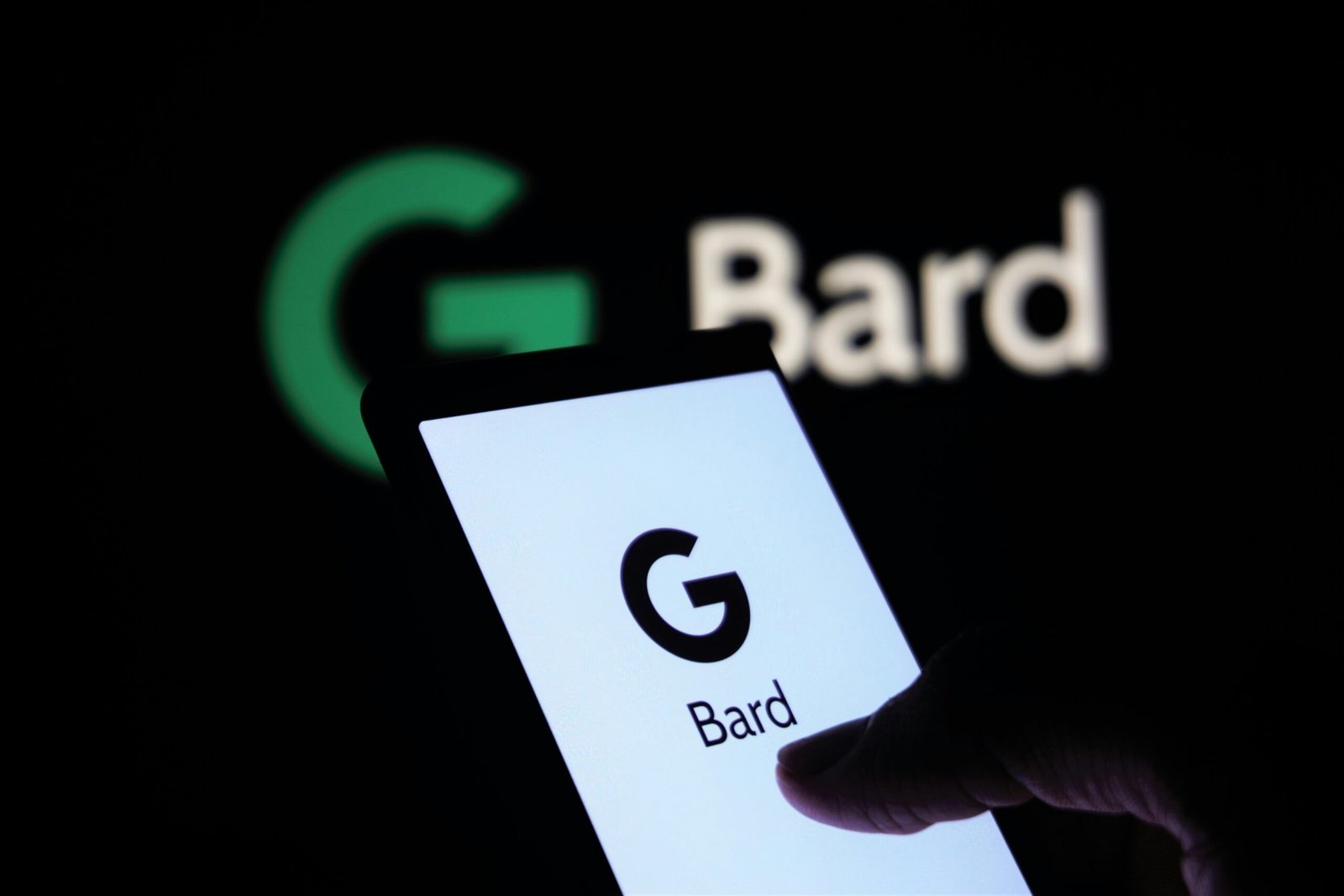In recent years, voice user interfaces (VUIs) have emerged as a game-changer in the field of interaction design. With the rise of smart devices, virtual assistants, and voice-enabled applications, VUIs are revolutionizing the way we interact with technology. In this blog post, we will explore the impact of VUIs on UI/UX design and how they are transforming the user experience.
The Rise of Voice User Interfaces
Voice user interfaces have gained popularity due to their convenience and accessibility. They allow users to interact with technology using natural language, eliminating the need for physical input devices such as keyboards or touchscreens. With VUIs, users can simply speak commands or ask questions, and the technology responds accordingly.
The widespread adoption of virtual assistants like Siri, Alexa, and Google Assistant has played a significant role in popularizing VUIs. These voice-enabled assistants have become an integral part of our daily lives, providing us with information, performing tasks, and controlling smart devices through voice commands.
The Impact on UI/UX Design
VUIs have brought about a paradigm shift in UI/UX design. Designing for voice interactions requires a different approach compared to traditional graphical user interfaces (GUIs). Here are some key considerations for designing VUIs:
1. Conversational Design:
VUIs rely on natural language processing to understand user commands. Designers need to create conversational experiences that feel intuitive and human-like. This involves understanding user expectations, designing clear prompts and responses, and handling errors gracefully.
2. Contextual Understanding:
VUIs should be able to understand the context of a conversation to provide relevant and personalized responses. Designers need to consider the user’s intent, previous interactions, and contextual cues to deliver a seamless experience. This requires robust AI algorithms and machine learning models.
3. Feedback and Confirmation:
Unlike GUIs, VUIs lack visual cues, making it crucial to provide feedback and confirmation through voice. Designers should incorporate audio cues, tones, and appropriate language to indicate that the system has understood the user’s command and is taking appropriate action.
4. Multimodal Interfaces:
While VUIs primarily rely on voice, incorporating other modes of interaction can enhance the user experience. Designers can integrate visual elements, such as displaying relevant information on a screen or using light indicators, to provide additional context and feedback.
The Benefits of VUIs
VUIs offer several advantages over traditional GUIs, making them an attractive option for many applications:
1. Hands-Free and Eyes-Free Interaction:
VUIs allow users to interact with technology without the need for physical input devices. This hands-free and eyes-free interaction is particularly valuable in situations where users have limited mobility or when their hands and eyes are occupied.
2. Accessibility:
VUIs make technology more accessible to individuals with disabilities. People with visual impairments or motor disabilities can benefit from voice-enabled interfaces, as they provide an alternative means of interaction.
3. Natural and Intuitive:
Speaking is a natural and intuitive form of communication. VUIs leverage this familiarity, allowing users to interact with technology in a way that feels more natural and less technical. This can lead to a more engaging and enjoyable user experience.
4. Efficiency and Speed:
VUIs can streamline interactions and save time compared to traditional GUIs. Users can perform tasks more quickly by simply speaking commands, without the need for manual input or navigating through complex menus.
The Future of VUIs
VUIs are still in their early stages, but their potential is immense. As technology continues to advance, we can expect further improvements in voice recognition accuracy, natural language understanding, and contextual awareness.
With the increasing integration of VUIs into various devices and applications, the way we interact with technology will continue to evolve. From smart homes and cars to healthcare and customer service, VUIs will play a significant role in shaping the future of user interactions.
In conclusion, voice user interfaces are revolutionizing interaction design by providing a more natural and intuitive way to interact with technology. As designers, understanding the unique challenges and opportunities of VUIs is crucial to creating compelling user experiences in this rapidly evolving landscape.












Leave a Reply